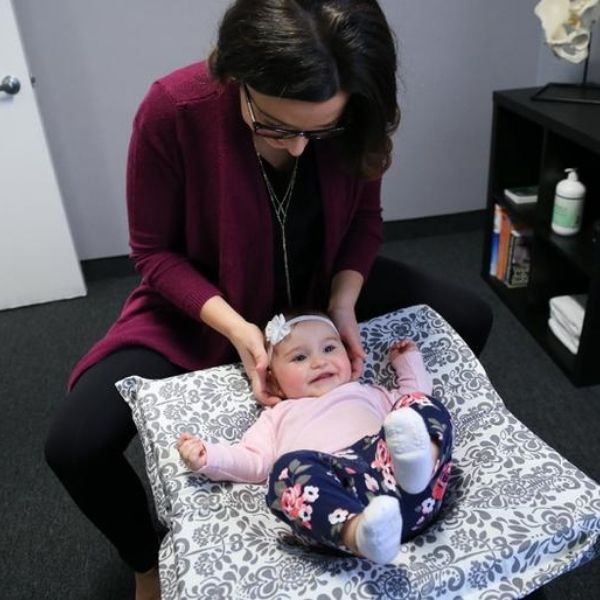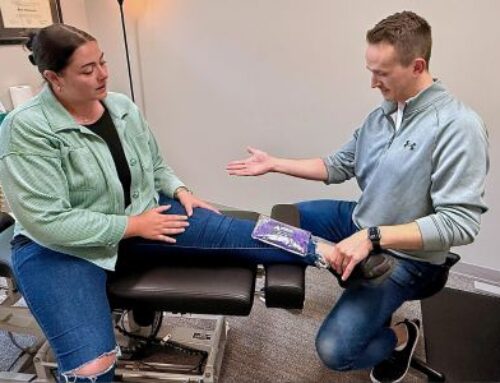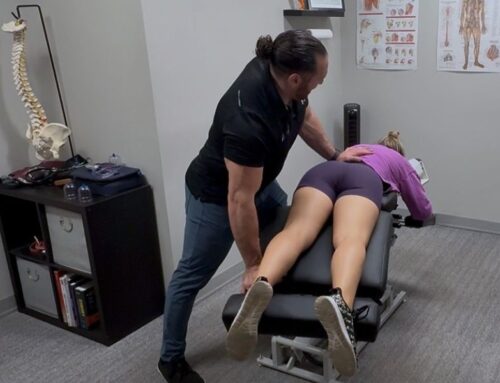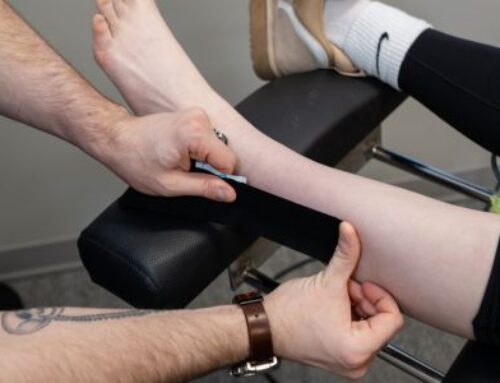If you are wondering what TOTs are, find an earlier post detailing this and how to know if your child might have one (or more). Although the decision of correcting the TOT or leaving it is entirely up to you as parents, here are a few benefits of making the correction that you may or may not know about!
1. Improved Neurodevelopment: When your baby is born his/her brain is about ⅓ of the size of an average adult brain. In their first 90 days, the brain will grow to be a little over ½ the size of the adult brain. So what does that have to do with the tongue? Well, in order for the tongue to be in its proper resting position and utilized to its fullest potential there are arguably 5 cranial nerves involved. When the tongue is able to move freely and at its optimal function, the nerves in the brain that help control the central nervous system will develop the way it was intended, rather than with some “learned accommodations”.
2. Speech, Oral, Muscle and Bone Development: Speech is a common concern because the tongue is such a large part of speech but the others are less likely to be thought about. The development of the mouth is connected to the way the lips and cheeks move, the amount of room the teeth have to come in, etc. A relationship between tongue tie, upper lip tie and orthodontic work has been developed. This isn’t to say that correcting them will prevent the need for braces, but lip tie often leads to a gap between the two front teeth due to extra tissue being in the way and not allowing the gap to be able to close on its own. When the tongue is able to rest at the top of the mouth and the vacuum for feeds is created, this is helping your palate to form, aka the roof of your mouth and an alteration in the shape is possible.
3. Increased Airway Patency: When the tongue is resting behind the upper teeth, the body of the tongue is out of the way of the throat allowing air to flow freely. If the tongue is resting in the bottom of the mouth, there is a disruption to the throat. The body is then forced to make accommodations to allow the air to flow freely as it otherwise would. This can be seen in a variety of ways including an open mouth, tilting of the head, arching of the back, etc.
I have chosen a few of the least talked about benefits but there are others. This decision, as any relating to the health of your child is not one to make lightly, so please ask your child’s provider (pediatrician, lactation consultant, dentist, etc.) if this decision is best for you and your family.





